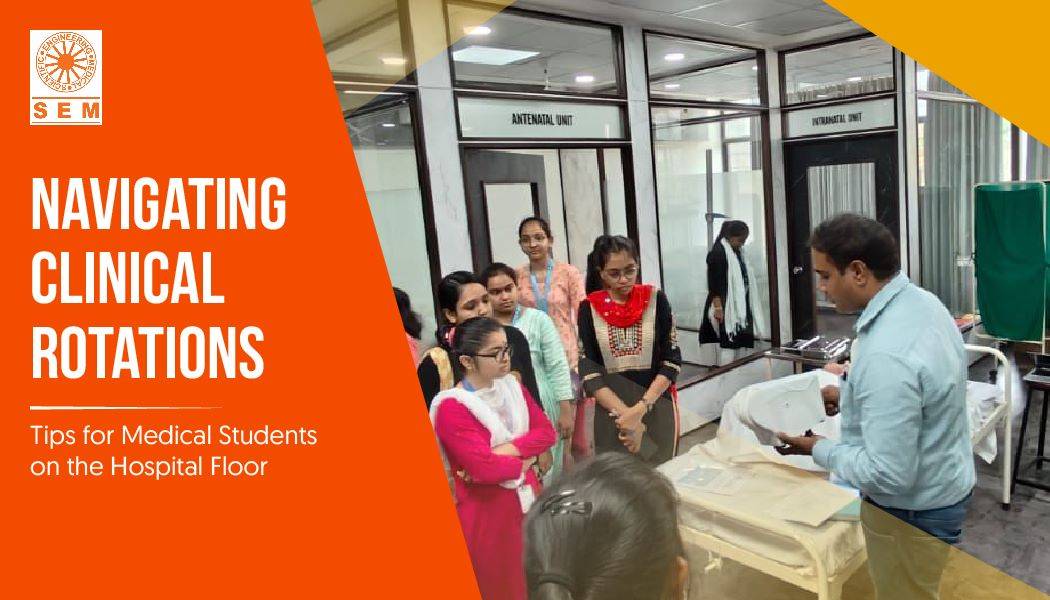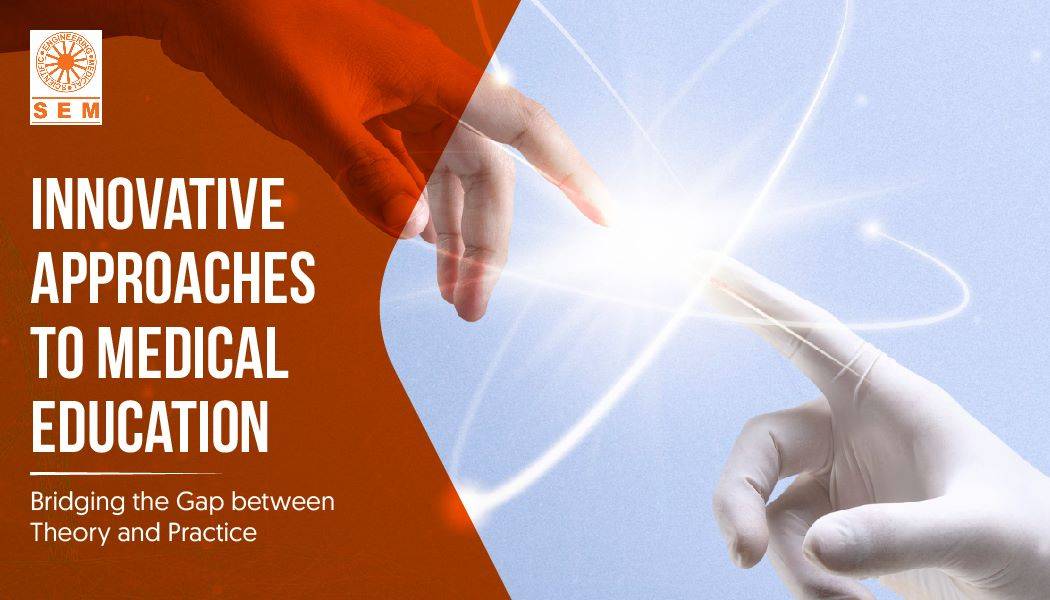Tips for Medical Students on the Hospital Floor
Navigating Clinical Rotations: Tips for Medical Students on the Hospital Floor. Embarking on clinical rotations is an exciting milestone for medical students. It’s the time to translate theoretical knowledge into practical skills and gain invaluable hands-on experience. However, stepping onto the hospital floor can be overwhelming. In this blog post, we will provide essential tips to help medical students navigate clinical rotations successfully. Read on to discover how these tips and tools can enhance your learning journey.
- Be Prepared and Organized: Preparation is key to making the most of your clinical rotations. Familiarize yourself with the rotation schedule, clinical guidelines, and patient cases beforehand. Stay organized by keeping track of patient details, medications, and procedures. SEM Trainers’ medical manikins/Stimulator/Task Trainers can be valuable study aids, allowing you to practice various scenarios and develop your clinical skills effectively.
- Embrace Active Learning: Actively engage in patient care and seek opportunities to participate in procedures, assessments, and discussions. Take the initiative to observe surgeries, rounds, and consultations. Utilize SEM Trainers’ medical manikins/Simulation/Task Trainers to enhance your understanding of procedures like intubation, IV insertion, BLS, ACLS, PALS, and CPR. These realistic training tools provide a safe environment to practice and build confidence.
- Communicate and Collaborate: Effective communication and collaboration are vital in a clinical setting. Interact respectfully with patients, their families, and the healthcare team. Observe and learn from experienced professionals, seeking their guidance and feedback. SEM Trainers’ manikins offer a collaborative training experience, allowing you to practice teamwork, communication, and leadership skills.
- Prioritize Self-Care: Clinical rotations can be physically and emotionally demanding. Remember to prioritize self-care to maintain your well-being. Get enough rest, eat nutritious meals, and find time for activities that recharge you. SEM Trainers’ manikins can help optimize your learning by enabling flexible training schedules, allowing you to balance your academic and personal life effectively.
- Seek Feedback and Reflect: Constructive feedback is invaluable for growth. Seek feedback from mentors, supervisors, and peers to identify areas for improvement. Reflect on your experiences, challenges, and successes. SEM Trainers’ medical manikins offer immediate feedback and performance evaluation, facilitating self-assessment and continuous improvement.
Read More: https://www.ncbi.nlm.nih.gov/pmc/articles/PMC6616843/
Clinical rotations provide a crucial opportunity for medical students to bridge the gap between theory and practice. By following the tips mentioned above and utilizing medical manikins from SEM Trainers, you can navigate your rotations with confidence, acquire essential skills, and make the most of this transformative learning experience. We at SEM Trainers, provide Consultancy and simulation skill lab Supply Simulators / Manikins / Task Trainers as per the NMC Guidelines and as per skills.
Check our product range: https://www.semtrainers.com/products


